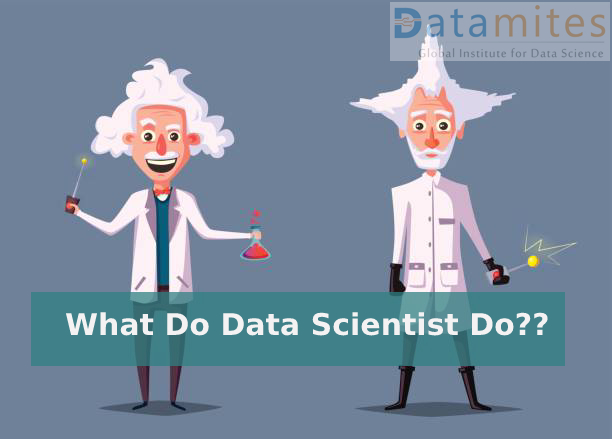The Difference Between Business Intelligence and Real Data Science
Companies now evaluate analyses on historical information instead of concentrating on the future because of cloud technology as well as other technological advances. Businesses have begun integrating and disseminating misinformation, which is a component of genuine data science, to obtain a comparative market advantage.
Additionally, they are working on business intelligence (BI) tasks including leveraging the information to create graphs, presentations, or infographics. Even though the two pairs of exercises are very different from one another, these are both equally significant and work well with each other.
Most businesses employ both data scientists Course and BI analysts who are formally committed to carrying out BI duties. Yet, businesses frequently conflate the two at this point without realizing that the two positions call for distinct skill sets. It is unreasonable to assume a BI expert to just be capable of generating precise business predictions. It could even be disastrous for any business. You can select the best individual for the appropriate jobs in your company by examining the key distinctions between true data science and BI.
Refer to this article: How much does Data Science Certification Cost in INDIA?
Attention Zone
On the one side, traditional BI involves creating displays for the presentation of historical data in accordance with a set group of key performance indicators, chosen by the company. As a result, BI places a greater emphasis on reporting, news affairs, and KPIs (KPIs).
Actual data science training, in contrast, is more concerned with foretelling possible future events. Therefore, data scientists are much more interested in examining trends and different versions to establish a relation for commercial predictions. For instance, in light of current trends and requests from business corporations, business training companies may need to forecast the developing need for new types of education.
Refer to the below articles:
A Day in Life as a Data Scientist
Nine Careers a Data Science Masters Could Lead
Data Quality and Analysis
Because BI needs interested researchers to look at the information in reverse, specifically the historical data, their assessment is much more back into the past. Given that it is predicated on what really transpired in the past, it asks that the information be 100 percent correct.
For instance, real numbers provided for transactions conducted over the past three months are used to determine a firm's quarterly earnings. As the report is informative and not prescriptive, there is no room for mistakes.
Scientists are needed to use both prescriptive and predictive analyses in the data science certification field. Using probability and margins of error, they should formulate forecasts as to what should take place in the future that is reassuringly correct. This is not speculation because the business will take the appropriate actions or make the needed recommendations based on the predicted assessment and future estimates. It is evident that data science might not be 100% precise; yet, it is essential to be “good sufficiently” for the organization to execute timely choices and actions to produce the necessary results. Calculating your firm's projected quarterly net profit is a perfect illustration of data science in action.
What is Box Plot
Sources of Information and Conversion
Businesses need to think ahead and make arrangements for BI in order to use the best mix of information resources and complete the data processing. The data science course is capable of creating processed data instantly using demand-driven data sources in order to obtain the right advanced analytics about consumers, business functions, and goods.
Required Mitigating the impact
Since past data is reliable and based on real-life events rather than hypothetical possibilities, BI analysts are not required to remove any confusion regarding it.
It's crucial to reduce data ambiguity for real data research. To find any ambiguities in the information, data scientists utilize a variety of analytical and visualization approaches. They ultimately alter the information using the proper data novel approaches, that aid to transform the data into data that can be easily coupled with certain other information sources and is usable and approximate.
Process
Data processing is a time-consuming manual operation that requires extensive pre-planning and comparing because BI cannot convert information faster.
Data Science Tutorials

Comments
Post a Comment